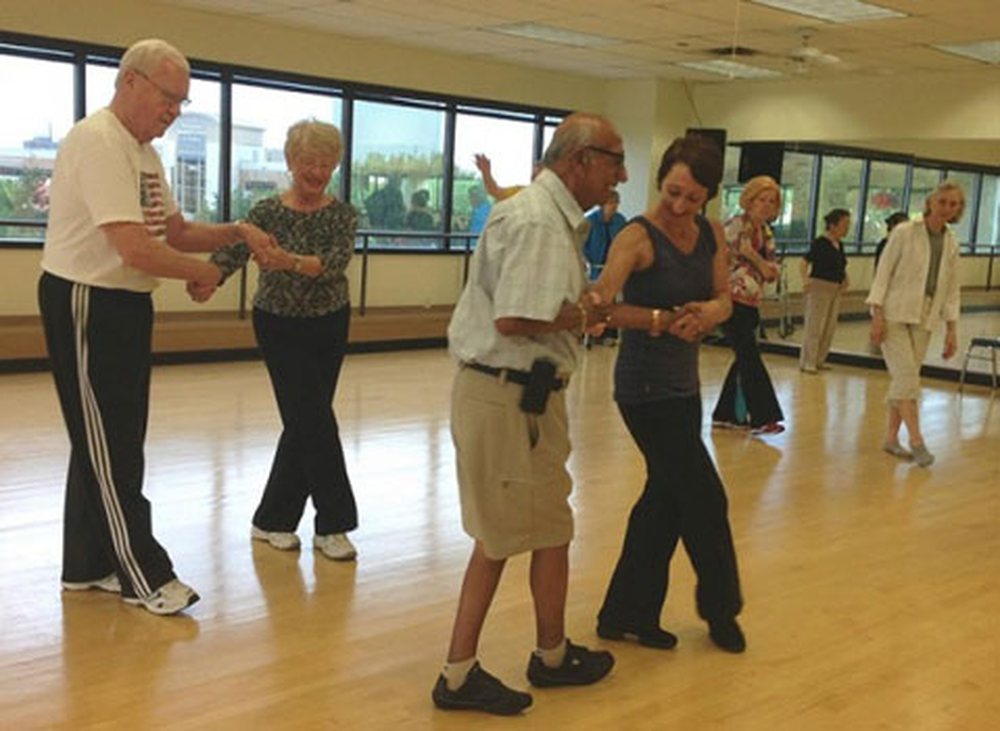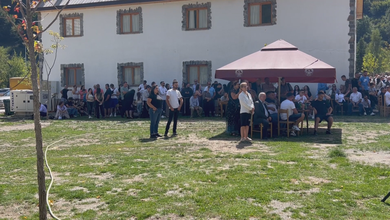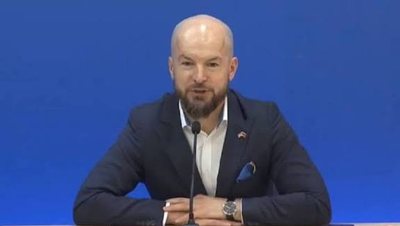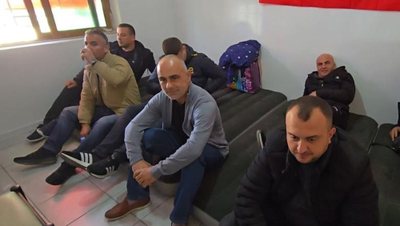
In Buenos Aires, tango is not just a beautiful dance art, but also a therapeutic tool for patients suffering from Parkinson's disease. When the tango begins to play, patients like Lidia Beltran forget about the symptoms that affect them, grab their therapist and dance with a flowing body and precise steps, as part of an innovative treatment program. For 15 years, around 200 patients have participated in tango classes offered at the Ramos Mejia Hospital, with the aim of studying the impact of dance on the symptoms of this incurable neurodegenerative disease. “One of the main problems of Parkinson's is gait disturbance, and tango, as a walking dance, works on the starting and stopping of steps, as well as on walking strategies,” explains neurologist Nelida Garretto.
The results are encouraging. Many patients find ways to relieve symptoms, including motor blocks that prevent movement. “One patient told us that when she freezes, she tries to do one of the classic tango steps – with her feet – and it helps her break out of the freeze,” the doctors say.
Patients dance with non-Parkinson partners under the guidance of dance therapists. The gait required by Argentine tango is at the heart of its movements, helping patients improve coordination and movement. But that’s not the only reason tango is an effective rehabilitation method. Dancers must follow the musical rhythms, move in a specific direction, and interpret their partner’s physical cues, engaging not only their bodies but also their attention and social coordination.
This program shows that art and therapy can come together to improve the quality of life of patients, providing a new and encouraging approach to the treatment of Parkinson's.






















